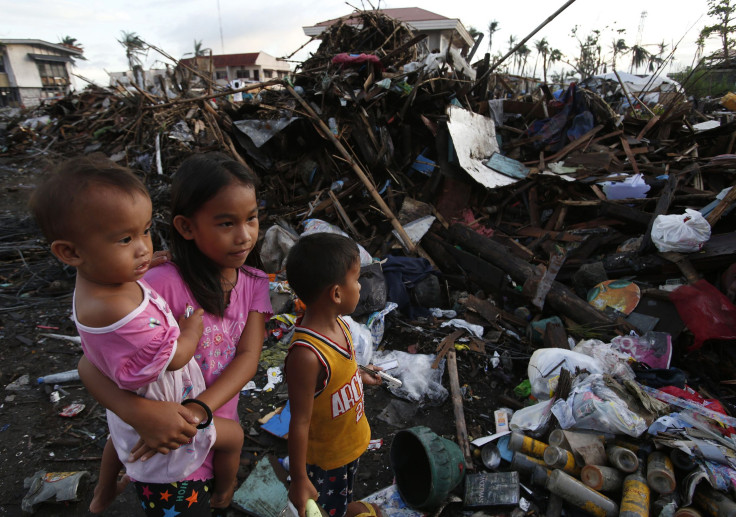Super Typhoon Meranti Update: Taiwan, Hong Kong, Mainland China And Japan In Path Of Monster Cyclone [PHOTOS]

Taiwan and mainland China were in the path of a monster tropical cyclone Tuesday night that was expected to bring heavy rains and gusts of up to 225 mph. The massive Super Typhoon Meranti grew from a Category 1 equivalent storm to a top-scale Category 5 seemingly overnight, bringing winds of 185 mph barreling toward the southern tip of Taiwan, CNN reported.
It's the strongest storm the world has seen since Super Typhoon Haiyan destroyed parts of the Philippines in 2013. Southern Taiwan, which is expected to face winds greater than 74 mph Wednesday morning local time, hasn't been hit by a massive typhoon since 1959. The storm itself is wider than the nation of roughly 23 million people, which is only about 230 miles long.
"This puts Meranti in the elite pantheon of the deepest tropical cyclones ever recorded anywhere on Earth," Jeff Masters wrote for Weather Underground.
Meranti (pronounced me-run-ti) is expected to eventually strike Hong Kong and mainland China with winds around 130 mph, or the equivalent of a Category 4 hurricane. It could hit Japan later this week.
Typhoons this big usually bring deadly flash floods and mudslides. Super Typhoon Haiyan left more than 6,000 people dead in the Philippines in 2013.
Global warming has fueled the destructive power of tropical cyclones in east and southeast Asia in recent years, according to a study from the Joint Typhoon Warning Center in the U.S. and the Japan Meteorological Agency.
"The projected ocean surface warming pattern under increasing greenhouse gas forcing suggests that typhoons striking eastern mainland China, Taiwan, Korea and Japan will intensify further. Given disproportionate damages by intense typhoons, this represents a heightened threat to people and properties in the region," the authors wrote in the study.
“It is a very, very substantial increase,” lead author Wei Mei from the University of North Carolina at Chapel Hill told the Guardian earlier this month. “We believe the results are very important for East Asian countries because of the huge populations in these areas. People should be aware of the increase in typhoon intensity because when they make landfall these can cause much more damage.”
#Meranti packing 190 mph winds...dangerous threat to Taiwan, China, northern Philippines: https://t.co/BYbS3nQE7G pic.twitter.com/CFr96bMWQq
— The Weather Channel (@weatherchannel) September 13, 2016
Radar & satellite presentation of #Meranti as it approaches Taiwan. Updating radar loops at https://t.co/vWICHS7kHl pic.twitter.com/GFg2MXVg5L
— Brian McNoldy (@BMcNoldy) September 13, 2016
Basco, Phillippines in the southern eyewall of #Meranti just recorded sustained winds of 122 mph, gusts to 150: pic.twitter.com/cV1KkK85hX
— Jim Tang (@wxmann) September 13, 2016
S China braces for super #typhoon Meranti; it's reported to land during Moon Festival https://t.co/ZlEb77a9lr pic.twitter.com/ygwy4QnJyi
— China Xinhua News (@XHNews) September 13, 2016
© Copyright IBTimes 2024. All rights reserved.






















